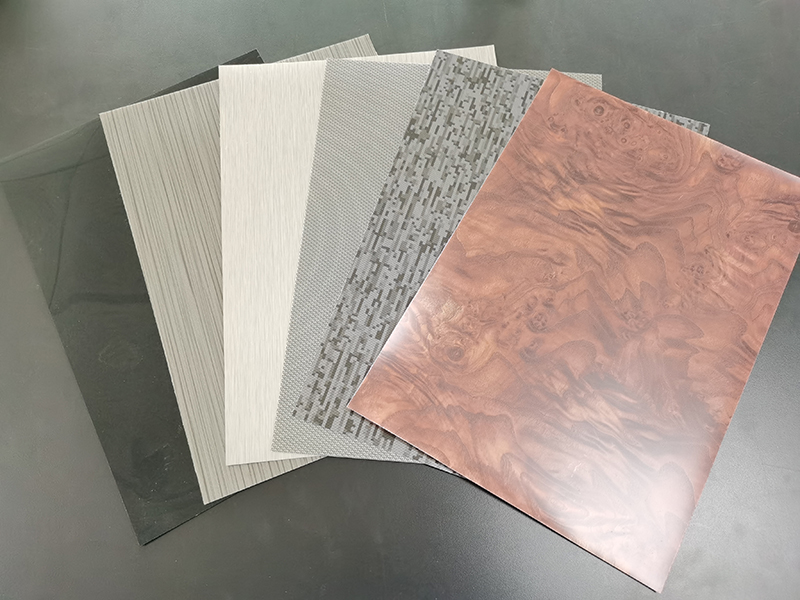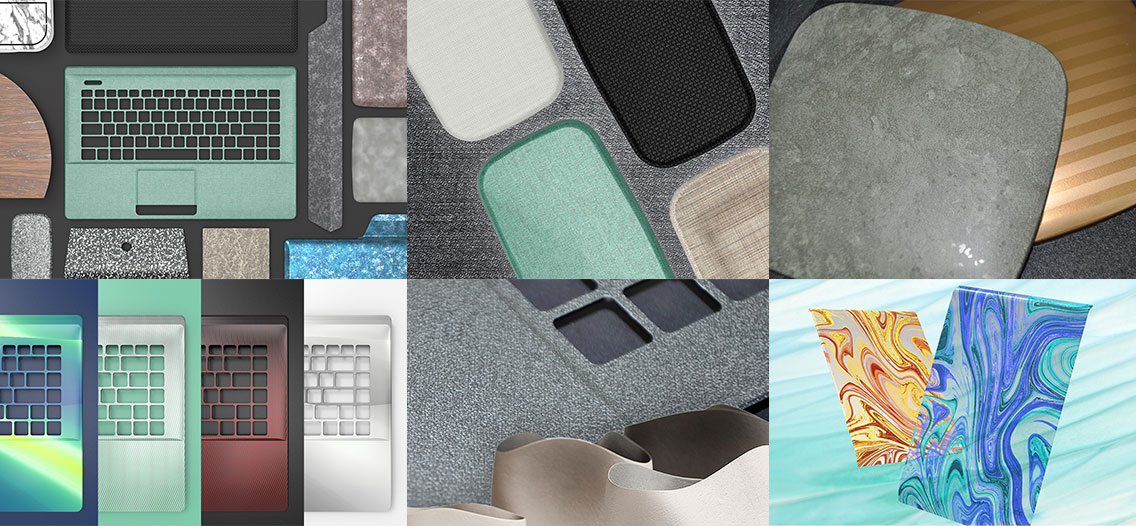Enhancing Product Aesthetic Appeals: The Function of In-Mold Decorations in Production
Enhancing Product Aesthetic Appeals: The Function of In-Mold Decorations in Production
Blog Article
Understanding In-Mold Decorations: Techniques, Fads, and Best Practices for Optimum Results
In the realm of production, the art of in-mold decors stands as a pivotal aspect of product design and production. In-Mold Decorations. By delving into the methods, fads, and ideal techniques that underpin effective in-mold decor procedures, organizations can open a world of opportunities that not just boost the visual allure of their products but also streamline production efficiency and bolster consumer interaction.
Material Selection
Material option is a critical facet of mastering in-mold decorations, as it straight influences the top quality and durability of the last item. When choosing materials for in-mold decorations, it is essential to think about variables such as compatibility with the molding procedure, the desired aesthetic outcome, and the ecological problems the product will certainly encounter. Polycarbonate materials like abdominal muscle, polypropylene, and polycarbonate are typically utilized for in-mold decorations as a result of their adaptability and ability to attain complex styles. These materials supply exceptional moldability, allowing manufacturers to produce complex shapes and patterns with accuracy.
In addition, products with high heat resistance are preferred for in-mold decorations, specifically for items that will certainly be revealed to raised temperatures throughout their lifecycle. By meticulously picking the ideal product for in-mold decors, suppliers can boost the total quality and resilience of their products, meeting the assumptions of both end-users and customers - In-Mold Decorations.
Style Technology
An essential factor in progressing the area of in-mold designs is the constant exploration and execution of layout advancement techniques. Style technology plays a critical role in enhancing the aesthetic charm, functionality, and overall top quality of items produced using in-mold decor procedures. By including ingenious design components, makers can distinguish their products in the marketplace, bring in consumers, and remain in advance of competitors.
Among the essential facets of layout advancement in in-mold decorations is the assimilation of complex patterns, textures, and graphics that were formerly testing to attain with conventional decoration techniques. Advanced technologies such as 3D printing and electronic design tools make it possible for developers to create facility and comprehensive layouts that can be perfectly moved onto shaped components. Furthermore, making use of lively colors, metallic coatings, and special results like gloss or matte structures can better elevate the aesthetic appeal of in-mold embellished items.
Additionally, style innovation prolongs past aesthetic appeals to incorporate functional improvements such as ergonomic forms, integrated functions, and personalized elements that accommodate particular customer demands. By embracing style technology, manufacturers can unlock new opportunities for customization, product, and creativity distinction in the affordable landscape of in-mold decorations.
Production Efficiency
Effective manufacturing procedures are essential for translating the ingenious styles established in the field of in-mold decors right into top quality completed products that meet market demands and consumer expectations. In the realm of in-mold decorations, production efficiency encompasses various key aspects that contribute to the general success of the manufacturing process. One essential element is the optimization of mold layout and tooling to make certain exact and smooth decor transfer onto the final item. By this page fine-tuning mold and mildew configurations and purchasing premium tooling materials, manufacturers can enhance performance and uniformity in production.
Automation not only speeds up the manufacturing procedure yet also improves accuracy and repeatability, leading to a much more consistent and high-grade end item. Generally, an all natural strategy to manufacturing efficiency is paramount in making the most of the capacity of in-mold design strategies and attaining ideal outcomes in the competitive market landscape.
High Quality Control Steps
What are the crucial techniques for making sure rigid quality assurance procedures in the realm of in-mold decorations? Quality control actions are critical in in-mold decoration processes to make certain the manufacturing of premium and perfect finished products. One vital method is the application of rigorous examination methods Extra resources at every stage of the production process. This includes conducting extensive aesthetic assessments, dimensional checks, and color uniformity evaluations to identify any kind of flaws or disparities beforehand.
Using innovative modern technologies such as automatic inspection systems can likewise boost the high quality control procedure by providing precise and dependable information for analysis. These systems can discover blemishes that may be missed by hands-on inspections, consequently boosting overall product high quality and uniformity.

Normal training and advancement programs for workers involved in the in-mold design procedure can likewise contribute to maintaining top link notch criteria. By enlightening team on finest methods, top quality assumptions, and the value of interest to detail, companies can cultivate a culture of high quality awareness throughout the company.
Customer Appeal
To enhance the bankability of in-mold decoration items, providing and recognizing to customer choices play an important duty in establishing their allure and success. Customer allure in in-mold decors is affected by numerous elements, consisting of design aesthetic appeals, shade options, sturdiness, and overall functionality. Consumers are increasingly seeking individualized and one-of-a-kind items that mirror their uniqueness and style. Consequently, supplying modification alternatives such as individualized styles, color variations, and textural components can substantially boost the charm of in-mold design products.

Verdict
In-mold designs offer a functional and effective method to improve item looks. Mastering in-mold decorations calls for a holistic strategy that considers all facets of the manufacturing process to guarantee success.
In the world of manufacturing, the art of in-mold designs stands as a crucial element of item layout and manufacturing. Design innovation plays an important duty in boosting the aesthetic appeal, functionality, and overall top quality of items manufactured using in-mold decoration procedures.One of the crucial aspects of layout development in in-mold decorations is the assimilation of elaborate patterns, appearances, and graphics that were formerly challenging to achieve with standard decoration techniques.Efficient production procedures are important for translating the cutting-edge layouts created in the area of in-mold decorations into high-grade ended up items that satisfy market needs and consumer expectations. Using customization options such as tailored designs, color variations, and textural components can significantly improve the appeal of in-mold design products.
Report this page